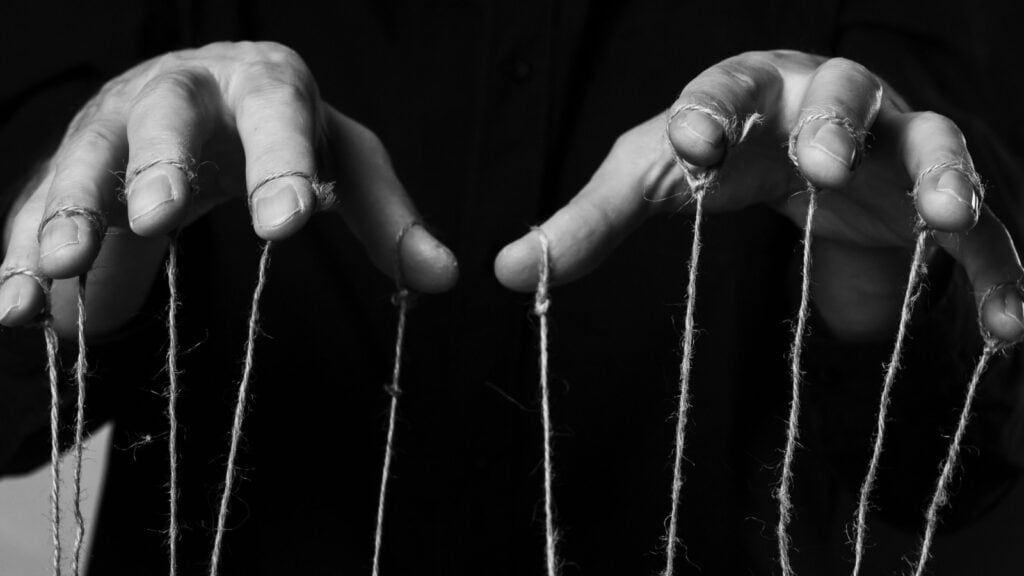True Love or Total Lie? The Secret Tactics Catfishers Use to Trick You – Learn How to Spot Them!
First if all, what is “catfishing”? Catfishing is when someone creates a fake profile on a dating site or social media platform to deceive others, often for emotional or financial gain. Determining if someone is catfishing you on a dating site involves recognizing various red flags and employing certain verification strategies. Here are key methods and signs to help you identify if you’re being catfished – and what to do about it.
Incomplete or Suspicious Profile Details

Catfish often have incomplete dating profiles lacking in detail. They may avoid mentioning specifics about their job, city, or interests.
Lack of Social Media Presence

A minimal or non-existent social media presence can be a red flag. While some people genuinely avoid social media, catfish often have no digital footprint beyond the dating site.
Refusal to Meet in Person or Video Chat

Consistently avoiding face-to-face meetings or video calls is a classic sign of catfishing. They may use excuses like traveling, living in another city, or having poor Wi-Fi.
Inconsistent or Elaborate Stories

If their stories frequently change or seem too elaborate to be true, it could indicate deception.
Rapid Relationship Progression

Catfish often try to advance the relationship quickly, using exaggerated emotional declarations to gain trust.
Psychological Tactics

Catfishers employ a variety of psychological and manipulative tactics to deceive and exploit their targets. Here are some of the most common tactics used:
Building Trust

Catfishers create a false identity that appeals to the desires and interests of their victims. They often use fake social media profiles and photos to add credibility to their persona, gradually building trust over time.
Emotional Manipulation

Once trust is established, catfishers manipulate their victims’ emotions using tactics like guilt, fear, or sympathy. They may fabricate difficult situations that require financial help or other forms of support.
Gaslighting

This involves making victims doubt their own memory and perception by denying events or altering facts. This tactic is used to create confusion and gain control over the victim.
Love Bombing

Catfishers overwhelm their victims with affection, constant compliments, gifts, and promises of a future together to create a false sense of intimacy and dependency.
Mirroring

They mimic the behavior, interests, and language of their targets to create a sense of closeness and familiarity, making the victim more likely to trust and confide in them.
Requests for Money

Asking for money, especially under the guise of emergencies, rent, or medical bills, is a significant indicator of catfishing.
Identity Theft

In extreme cases, catfishers may use personal information from their victims to commit fraud, such as opening credit cards or taking out loans in the victim’s name, which can be financially devastating.
How To Protect Yourself

Protecting yourself from catfishing on social media involves a combination of vigilance, skepticism, and the use of available tools to verify the identities of those you interact with online. Catfishing can lead to emotional distress, financial loss, and privacy breaches. Here are comprehensive strategies to safeguard against catfishing:
Conduct a Reverse Image Search

Use Google Images or dedicated services like Social Catfish to check if their profile pictures appear elsewhere on the internet. This can reveal if the images are stolen from another person or a stock photo website.
Check for Multiple Social Media Profiles

Look for their presence on various social media platforms. A genuine person usually has multiple social media accounts with a history of posts and interactions with friends.
Ask Specific Questions

Inquire about details that are hard to fabricate, such as specifics about their job, local landmarks, or personal experiences. Inconsistencies in their responses can indicate deceit.
Request Real-Time Photos or Videos

Ask them to send a current photo or engage in a spontaneous video call. A catfish will often refuse or provide excuses for not complying.
Seek External Opinions

Share your concerns with friends or family members. Sometimes, an outside perspective can identify red flags you might have missed.
Review Privacy Settings

Regularly review and adjust your privacy settings on social media platforms to control who can see your posts, photos, and personal information.
Be Skeptical of New Connections

Exercise caution when accepting friend requests or messages from strangers. Catfishers often create profiles with appealing but fake personas to lure victims.
Look for Inconsistencies

Be alert to inconsistencies in stories, interests, or personal details. Catfishers may slip up in maintaining their fabricated identities over time.
Avoid Sharing Personal Information

Keep personal information private. Be cautious about sharing sensitive details like your address, financial information, or intimate photos, which can be used for identity theft or blackmail.
Request Video Calls

One of the most effective ways to verify someone’s identity is through video calls. Catfishers often make excuses to avoid video interactions.
Check for Social Media Verification

Look for verification badges on profiles, especially if the person claims to be a public figure or associated with a reputable organization.
Use Third-Party Verification Services

Consider using services like Information.com and Instant Checkmate for background checks if you have serious doubts about someone’s identity.
Listen to Your Instincts

If something feels off, trust your instincts. It’s better to be cautious and potentially overreact than to ignore red flags.
Educate Yourself on Catfishing Tactics

Stay informed about common catfishing tactics, such as emotional manipulation, rapid relationship progression, and requests for money.
Report Suspicious Profiles

If you suspect you’re interacting with a catfish, report the profile to the social media platform and consider cutting off communication. To report a catfishing attempt on a social media platform or dating website, you should follow these general steps, which are applicable to most platforms:
Gather Evidence

Before reporting the catfishing attempt, collect all relevant evidence. This includes screenshots of the profile, conversations, and any other interactions that support your claim of catfishing.
Go to the Profile

Navigate to the profile of the person you suspect is catfishing. Most platforms have a way to report directly from the user’s profile.
Find the Report Option

Look for an option that says “Report,” “Report this profile,” or something similar. This is usually found by clicking on three dots or a gear icon on the profile page.
Select the Reason for Reporting

When you choose to report the profile, you’ll likely be asked to select a reason. Choose the option that best fits the situation, such as “fake profile,” “impersonating someone,” or “scamming.”
Submit the Report

After selecting the reason, you may have the option to provide additional details. Use this space to give a concise explanation of why you believe this profile is a catfish. Include any evidence you have gathered.
Follow Up

After submitting your report, the platform will typically review the case. This process can vary in length depending on the platform’s policies and the complexity of the report.
Specific Platform Instructions

Platforms such as Facebook, Instagram, TikTok, X, Telegram, Tinder, and WhatsApp generally offer a straightforward reporting mechanism through their user interface. Look for the “Report” option in the account settings or near the profile’s contact options.

WeChat Offers a channel to report users for harassment, fraud, or illegal activity. Access this through the settings or help section.
Telegram

Telegram has an anti-scam thread feature where users can report fraudulent activities.
Always ensure that you follow the specific guidelines provided by the platform for the most effective reporting. If you believe the catfishing involves illegal activities such as fraud or extortion, consider also reporting to local law enforcement or relevant authorities.
Seek Support

If you’ve been catfished, don’t hesitate to seek support from friends, family, or professionals. Emotional manipulation can have significant impacts, and it’s important to address these feelings.
Limit Third-Party App Access

Review and revoke access to third-party apps connected to your social media accounts, as these can be gateways for catfishers to gather information about you.
Update Your Friend List

Periodically review your friend list and remove or block individuals you do not know or trust.
The Takeaway

By implementing these strategies, you can significantly reduce your risk of being catfished on social media. It’s crucial to maintain a balance between openness to new connections and protecting your personal and financial well-being.
Being vigilant and employing these strategies can help you identify if someone is catfishing you on a dating site. Remember, if something feels too good to be true, it probably is. Protect your personal information, never send money to someone you haven’t met in person, and always prioritize your safety above all.







